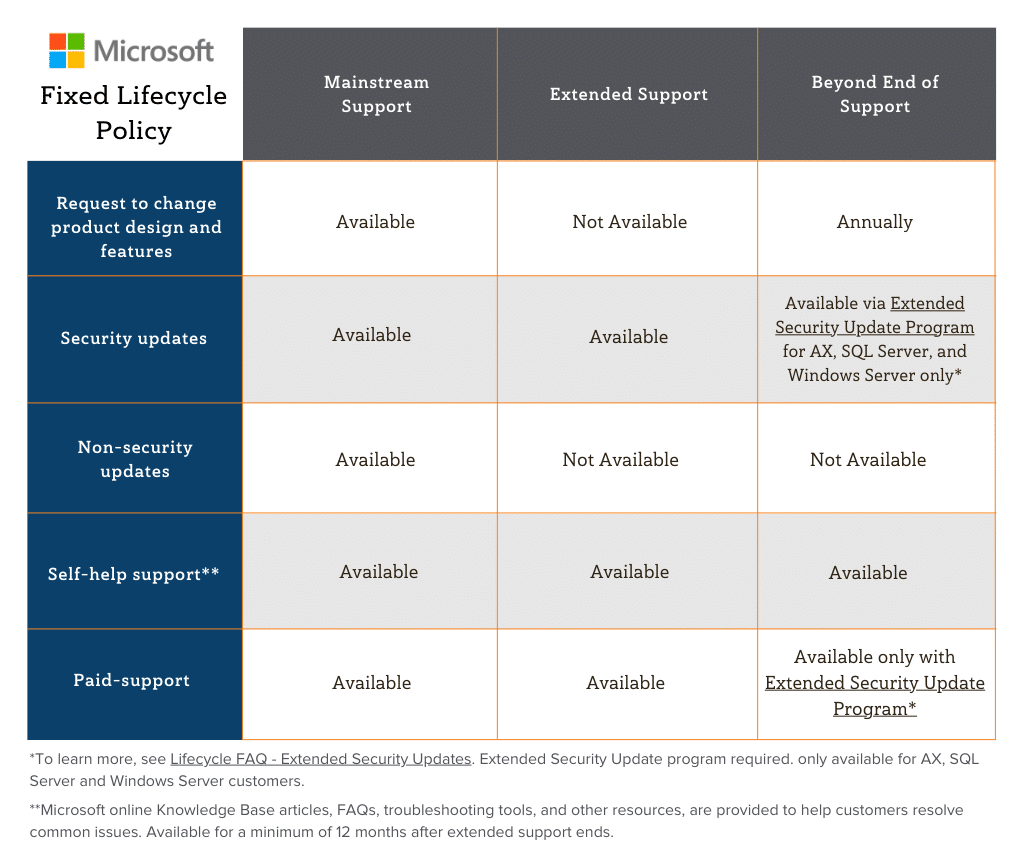Microsoft Dynamics SL 2018 End of Life: What You Need to Know
See how to prepare your clients for the Microsoft Dynamics SL 2018 move from mainstream support to extended support.
Table of Content
On January 9, 2024, Microsoft Dynamics SL 2018 was moved from mainstream support to extended support until July 11, 2028.
With this transition, it’s essential for your clients to understand what this change entails and how to prepare.
As Dynamics SL 2018 enters Extended Support in January 2024, only security patches will be provided, no year-end updates after 2024 will be available. However, existing customers can still buy new users or modules during the extended support period.
Moving forward, Extended Support will include:
However, with the end of Mainstream Support, Dynamics SL 2018 clients should be aware that:
Additionally, in December 2023, the last round of updates will be provided before mainstream support ends.

When Extended Support for Dynamics SL 2018 ends on July 11, 2028, options will be limited. Microsoft will offer the Extended Security Update Program for certain products, which provides security updates beyond the official support period.
To help facilitate a smooth transition, Microsoft has recommended Dynamics 365 Business Central, offering a new promotion, Bridge to the Cloud 2. This promotion provides a 40% discount for three years, along with dual access rights, allowing clients to continue using their on-premise system while taking advantage of the cloud-based solution.
Clients should consider the several risks associated with running End of Life software, some of which include security vulnerabilities, compliance issues, and operational inefficiencies. These can cause several drawbacks for businesses if not addressed properly.
Moving forward, you’ll want to ensure that you’re following the latest updates regarding this lifecycle. Ultimately to prepare your clients, the focus should be on assessing the gaps in the proposed solutions and how best to fill those gaps to set your clients up for success.
If you would like guidance and resources on how you can support your clients during this transition, reach out to our team today.